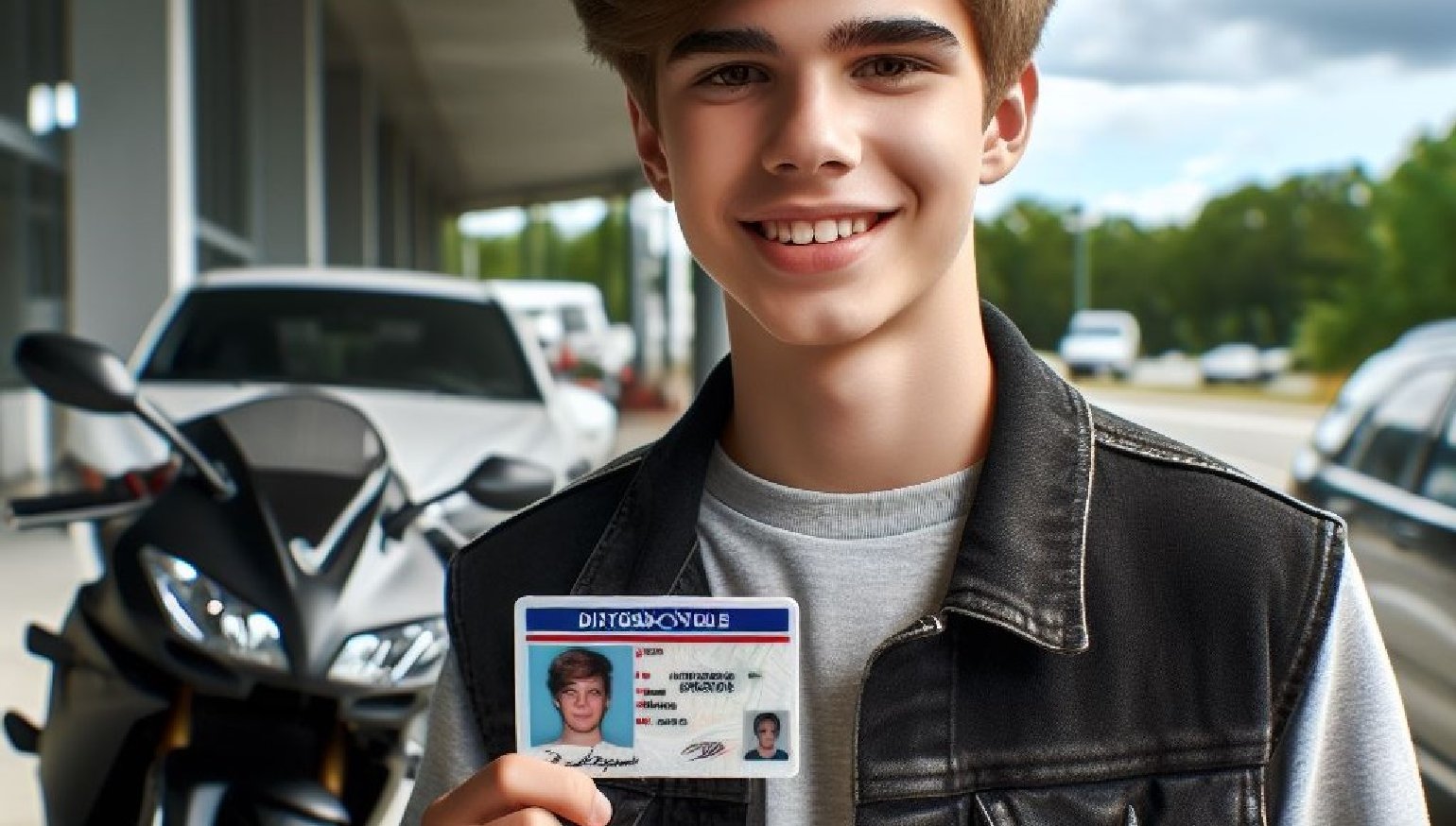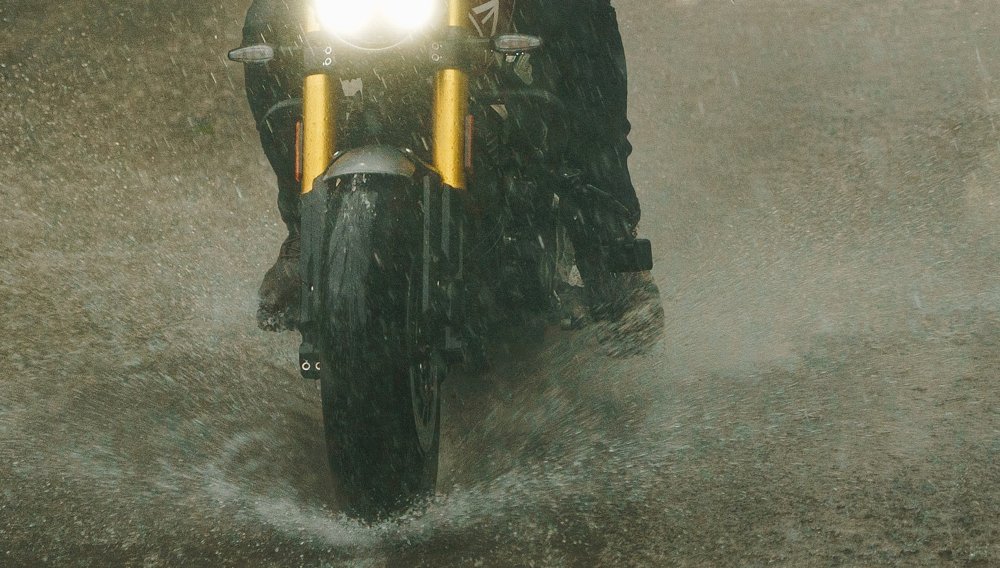It's one of the classic clichés of U.S. motorcycling: That a 16-year-old can pass a simple test and then, presuming the teen has the means, buy a 200-horsepower, inherently unstable vehicle that's the fastest thing on the public roads.
Does that make sense? Should new riders in the United States be limited to low-power motorcycles until they gain more experience and training, as many countries do? The point of bringing this up now is who's asking the question: None other than the National Highway Transportation Safety Administration in its recent publication, "Countermeasures that Work" (11th edition). The publication is intended to be a reference guide for state officials looking for solutions to highway safety problems and it lists graduated licensing for motorcyclists as one way to address persistently high rates of fatalities from motorcycle crashes.
Graduated licensing, as NHTSA refers to it, or tiered licensing, as it is often called in places where new riders are limited to motorcycles of a certain size or power, is a concept that's broadly accepted in other parts of the world but grates on many here in the United States. A few years ago, when we published an opinion piece by a motorcycle training coach, who suggested it should be more difficult to get a motorcycle license in the United States, as it was in his native U.K., the reader comments exploded. More than 500 comments poured in, some of them quite vociferous.
NHTSA notes that a full graduated licensing system could include restrictions such as limiting new riders to smaller or less powerful motorcycles, to daytime riding, or prohibiting carrying passengers, etc. While some states do put some restrictions on riders who are still operating on a learner's permit, or riders under the ages of 18 or 21, no place in the United States has a full graduated licensing system, as many other countries do.
In evaluating effectiveness, NHTSA cited systems in New Zealand and Australia. Studies conducted in New Zealand indicate that implementation of a graduated licensing system reduced hospitalizations of motorcyclists age 15 to 19 by 22%. But part of that was because fewer people started riding, probably deterred by the restrictions.
Another system in Queensland, Australia, required individuals to have a driver's license for a year before they could get a motorcycle license, effectively raising the age at which someone could legally ride on the street. It also limited new riders to motorcycles of 250 cc or smaller.
Effectiveness in both examples was questionable. In New Zealand, that was the case because fewer people were riding. In Australia, the effect of the laws on crash rates was not examined. NHTSA rates countermeasures from one to five stars, with one star being a strategy that hasn't been evaluated but makes sense given human behavior, to five stars for measures that have consistently been shown to be effective by high quality studies. The uncertain effectiveness is one reason NHTSA gives graduated licensing just two stars. The one five-star countermeasure discussed by NHTSA is one that the agency has supported for many years, but with very mixed results: a universal helmet law.
Other countermeasures NHTSA identified were greater detection and enforcment of alcohol-impaired riding (three stars), because 28% of motorcyclists involved in a fatal accident in 2021 were impaired, compared to 24% of car drivers in fatal crashes; motorcycle rider traing (two stars); and increasing rider use of high-visibility and protective gear (one star).
To go back to that original caricature — the 16-year-old with a still-warm motorcycle license buying a Hayabusa or a Panigale — the realities of purchase price and insurance probably mean that hardly ever happens. But what about a brand new rider who's 40-something? And it doesn't take 200 horsepower to get in trouble. Half that is more than enough. Freedom to do whatever we want versus responsibility to society is always a passionate philosophical debate in U.S. society, and it applies to motorcycle licenses, as well.


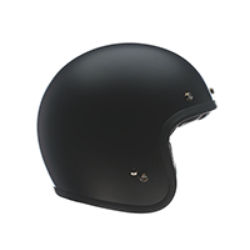

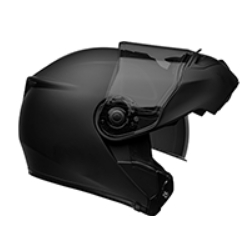

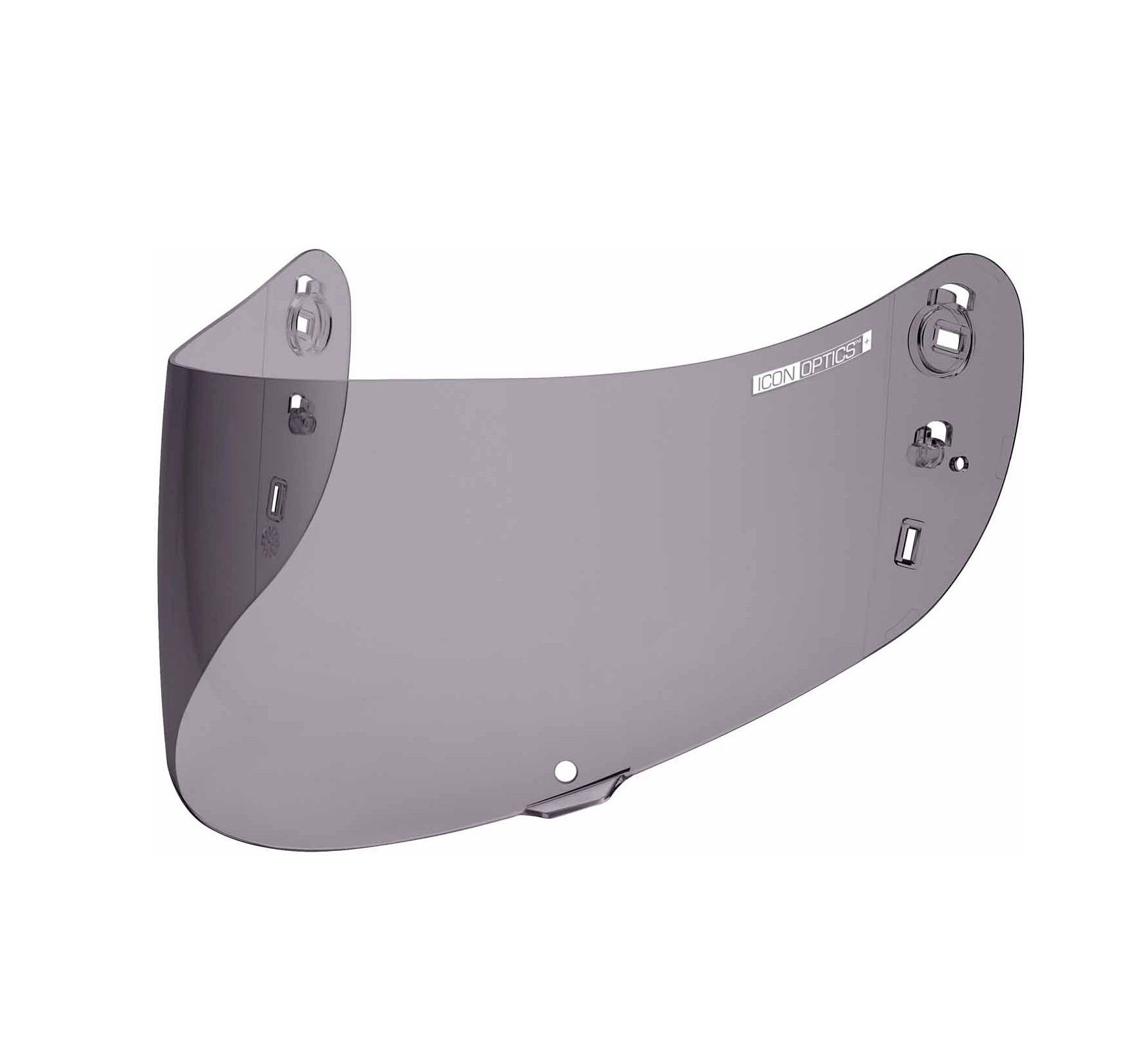
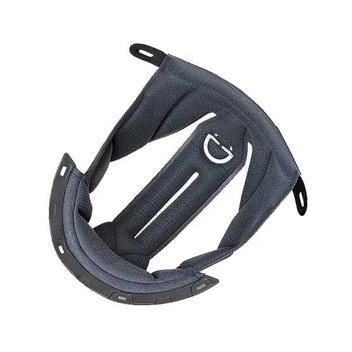
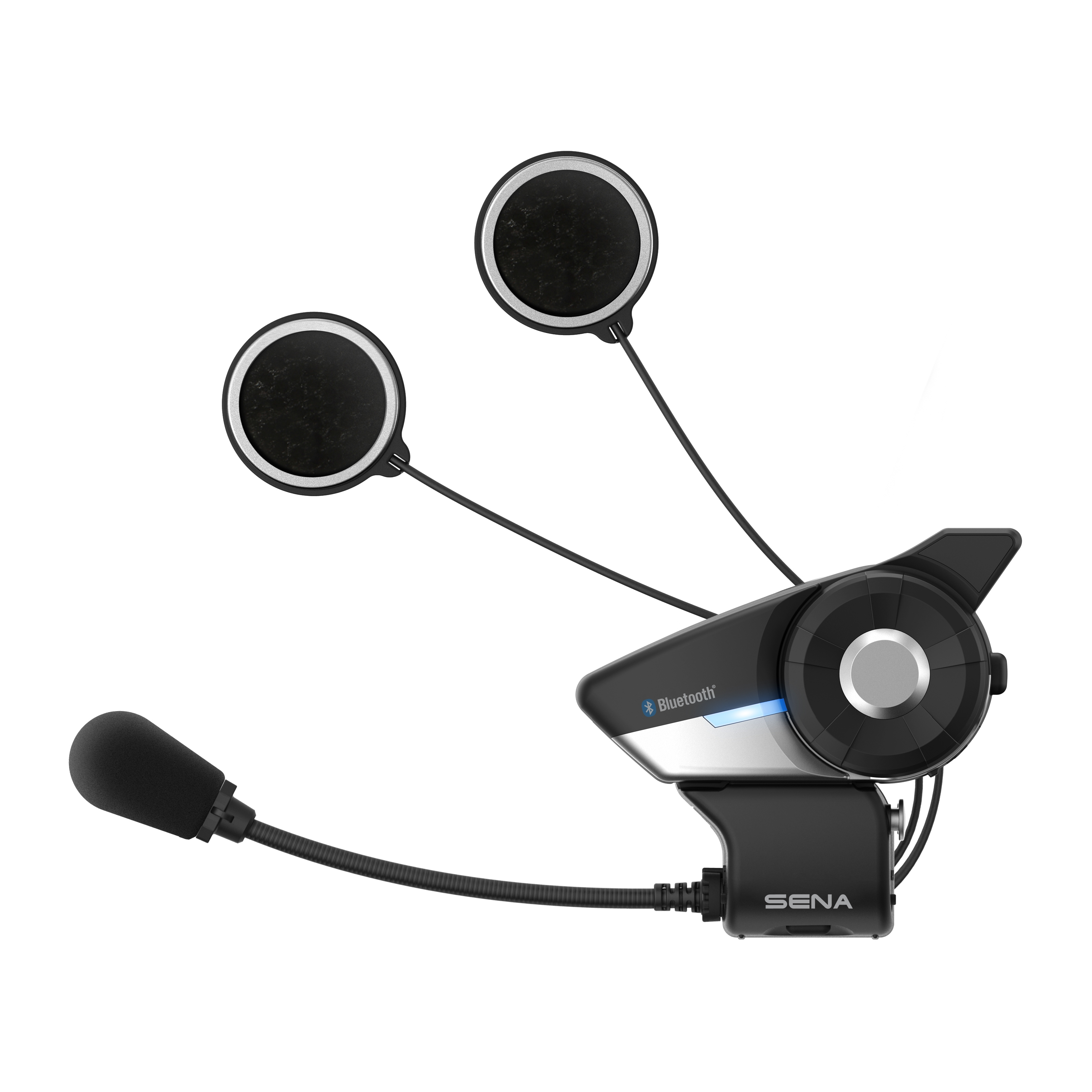


 Membership
Membership

